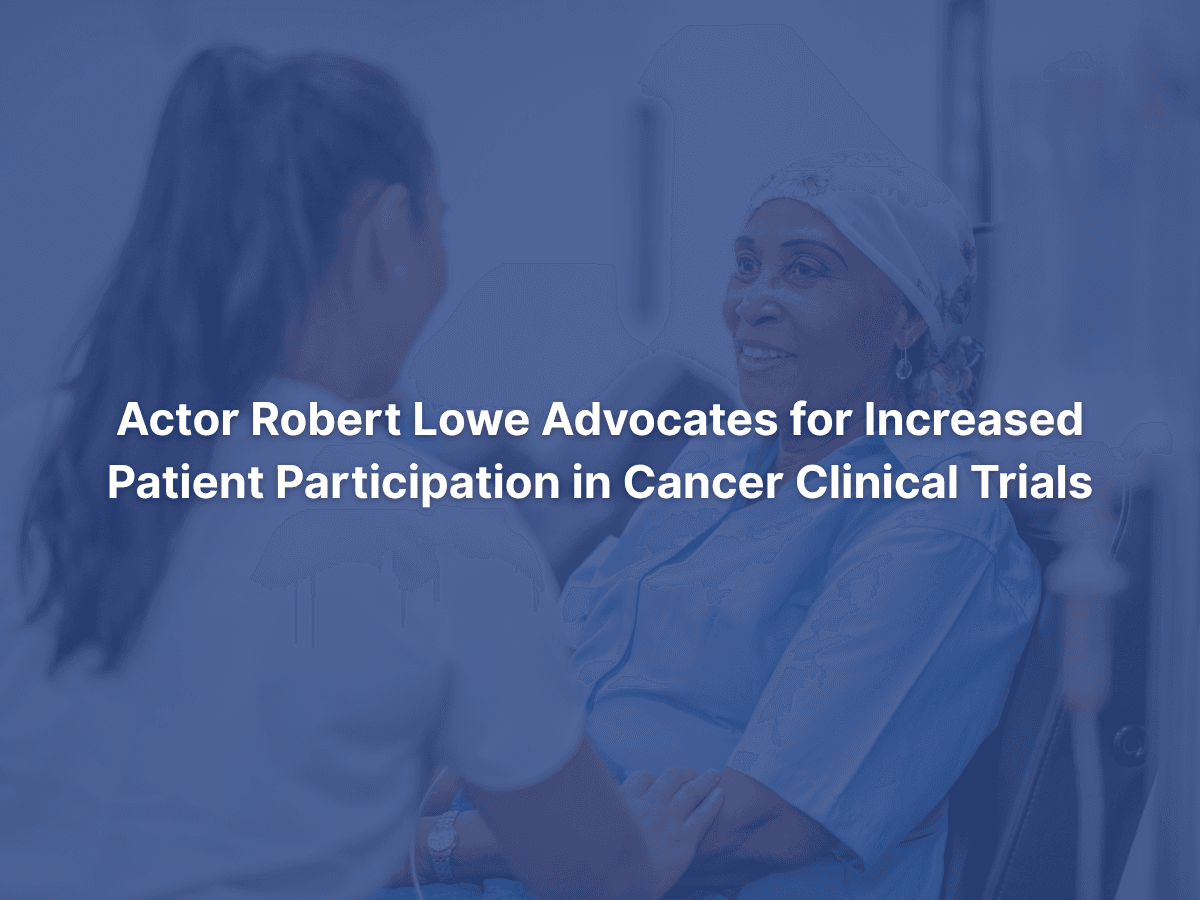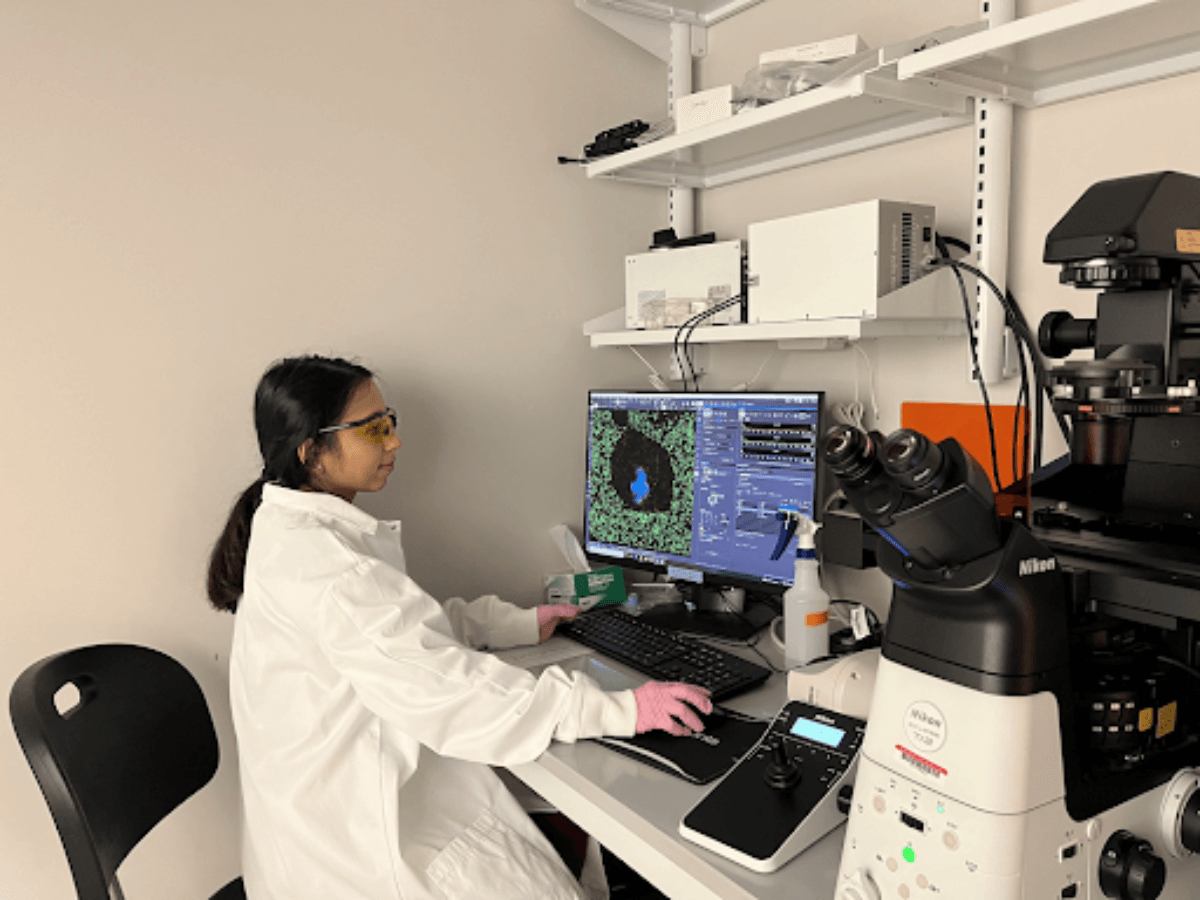
The Cancer News
AN AUTHORITATIVE RESOURCE FOR EVERYTHING ABOUT CANCER
Esophageal Cancer Awareness Month: Symptoms, Risks & Prevention
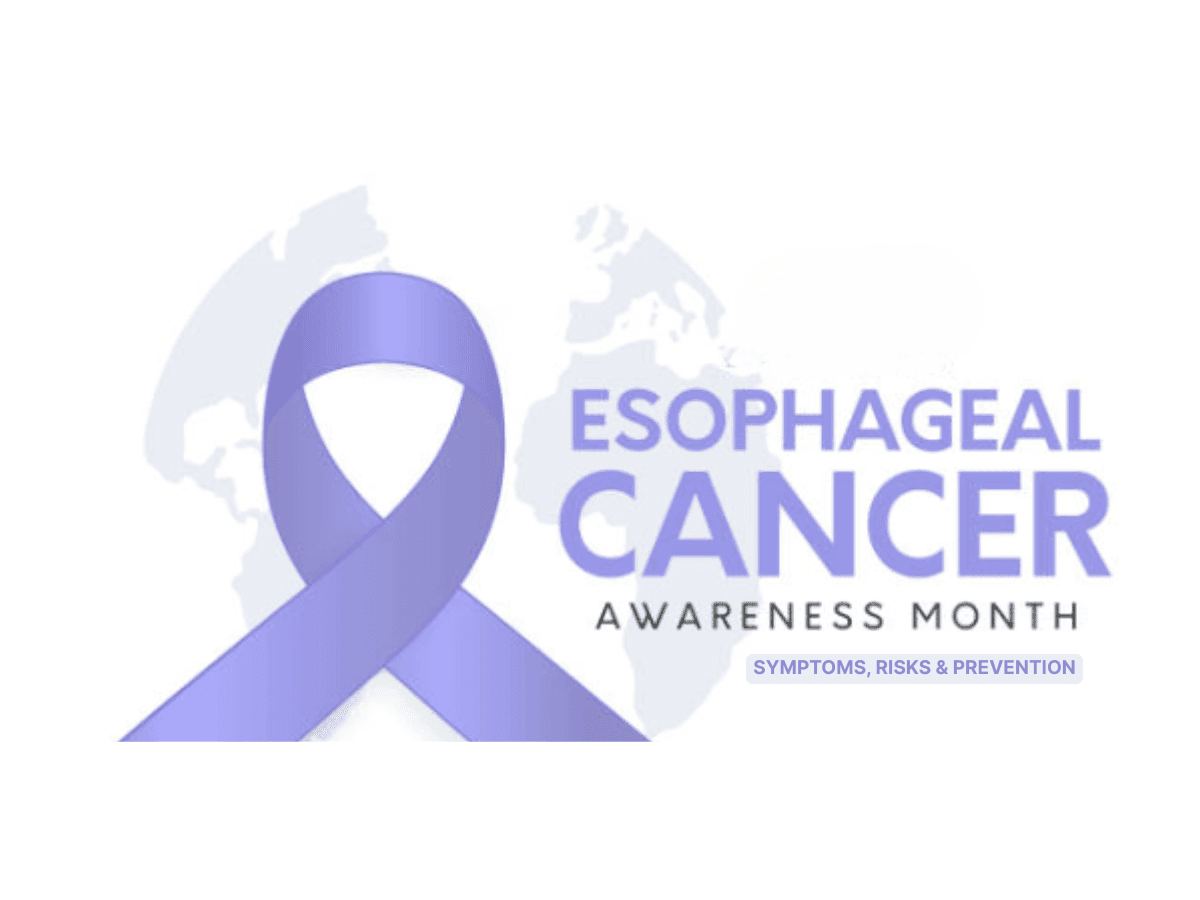
While the world grappled with the realities of a global pandemic, did you know that over 500,000 people died from esophageal cancer (EC) in 2020?
History of EC Awareness Month
April is Esophageal Cancer Awareness Month, established by the Esophageal Cancer Action Network (ECAN) in 2009. The observance has its roots in a nonprofit called Dance for the Cure, which was created in 2008 following the passing of a 12-year-old dancer diagnosed with stage 3 esophageal cancer.
Inspired by the need to prevent the devastation caused by esophageal cancer, Dance for the Cure evolved into ECAN the following year. Now, each April, ECAN leads efforts to raise awareness through education, advocacy, and grassroots campaigns that support patients and their families.
####** What is Esophageal Cancer?** Esophageal Cancer (EC) is a form of cancer that develops in the esophagus, the tube that carries food from the throat to the stomach. The esophagus’s wall is made of multiple layers, and EC starts on the inside lining, spreading outward through other layers as it grows. The two most common types of esophageal cancer are squamous cell carcinoma and adenocarcinoma. They differ based on the kind of cells where the cancer starts. Squamous cell carcinoma, which represents 85% of diagnosed cases, begins in the flat cells that line the inside of the esophagus. Adenocarcinoma, on the other hand, starts in cells that produce fluids like mucus. This type usually forms in the lower part of the esophagus, near the stomach.
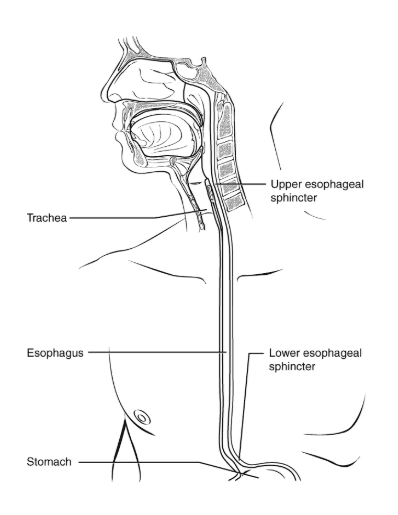
Esophageal Cancer: A Global Health Challenge with Rising Cases
EC is the eighth most common cancer worldwide and the sixth leading cause of cancer-related deaths. According to the Global Cancer Observatory (GLOBOCAN), 604,100 people were diagnosed globally in 2020, with 544,000 deaths. It has a mere 15- 25% 5-year survival rate. EC is significantly more common in men than women, with a male-to-female ratio of about 3 to 1. Rates of EC also vary by region. In Asia, particularly Eastern and South-Central Asia, the disease is so widespread that the area is known as the "Asian Esophageal Cancer Belt." Similarly, parts of Eastern and Southern Africa are referred to as the "African Esophageal Cancer Corridor." The number of new cases is expected to continue rising, especially in high-income countries.
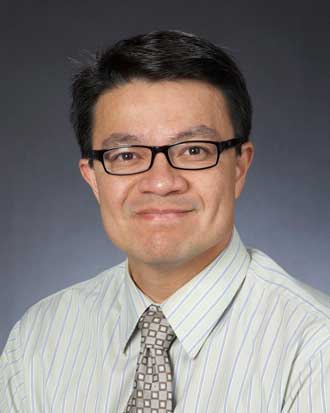
Expert Insights on Esophageal Cancer: Why Specialized Care Makes a Difference
We spoke to Dr. Joseph Rosales, a thoracic oncologist who sees esophageal cancer cases at Virginia Mason Medical Center, about EC Awareness Month. He remarked,
"Esophageal cancer is not very well known, but it has historically been difficult to treat. That is partly because the expertise required is not widely available. It is also not a cancer that we can easily screen for.
That said, treatment for esophageal cancer has come a long way in the past decade. The combined use of chemotherapy, radiation, and surgery has significantly improved survival rates and overall outcomes, even compared to just five or six years ago.
One important thing to remember is that patients with esophageal cancer should seek care at a center with experience in treating it. It is not a common surgery, and having access to specialized expertise can make a big difference."
To further address these kinds of systemic issues in cancer care, Dr. Rosales will co-chair a session on Building Bridges Between Health Systems at the 2025 Summit on Cancer Health Disparities.
**Esophageal Cancer Risk Factors **
Based on human studies, several risk factors for esophageal cancer (EC) have been identified and broadly classified into five groups: behavioral habits, living environment, individual health, dietary factors, and infections. Habits such as the use of tobacco, alcohol, opium, and consumption of hot food and drinks have been mildly to strongly associated with the development of EC. Regarding the living environment, factors like socioeconomic status, household fuel use, and water source are also mildly to moderately associated with EC risk. Notably, one study estimated that more than 68% of EC deaths could be attributed to certain environmental risk factors. Other contributing factors include gastroesophageal reflux disease (GERD), gastric atrophy, body mass index (BMI), poor oral hygiene, diet quality, and viral or bacterial infections.
EC can be diagnosed using a physical exam and health history, chest X-ray, biopsy, or esophagoscopy, a procedure in which a thin, tube-like camera is inserted through the mouth or nose into the esophagus to check for abnormalities.
Can Esophageal Cancer be Prevented?
Some key symptoms to pay attention to for EC include trouble swallowing, chest pain, weight loss, hoarseness, chronic cough, vomiting, bone pain, and bleeding into the esophagus. Currently, no screening test has been shown to lower the risk of dying from EC. But, those who are at a high risk of developing EC, such as those with Barrett’s esophagus or hereditary syndromes, may need to get frequent endoscopy to look for cancer or precancerous lesions. Besides endoscopic imaging, resection and ablation techniques have made significant progress in the early detection and prevention of EC.
Geographic Disparities in Esophageal Cancer Screening
The prevalence of esophageal cancer (EC) subtypes varies significantly across the globe. For instance, esophageal squamous cell carcinoma (ESCC) is more common in regions like China, while esophageal adenocarcinoma (EAC) is predominant in Europe and the United States. This variation in subtype prevalence leads to differences in screening practices as well. In each region, screening methods are typically tailored to the most common local subtype. For example, the use of endoscopy-based screening in China is justified due to the high rates of ESCC. In contrast, in the U.S. and Europe, where EAC is more prevalent, a more targeted screening approach, focusing on individuals at high risk due to gastroesophageal reflux disease (GERD) or Barrett’s esophagus (BE), can improve early detection rates.
The definition of “high-risk” also differs between countries. In the United States, according to the ACG Clinical Guideline, a person may be considered high-risk for EAC if they are male, have had frequent acid reflux symptoms for more than five years, and meet at least two additional risk factors—such as being over age 50, Caucasian, having abdominal obesity, a history of smoking, or a first-degree relative with BE or esophageal cancer.
Whereas, in China, high-risk individuals are generally defined as those aged 40 or older from regions with high EC prevalence, those with a family history of EC, or individuals with known risk factors such as smoking, alcohol consumption, and poor oral hygiene.
Esophageal Cancer Treatment Options
EC has one of the poorest survival rates of all cancers. However, there have been significant improvements over the past twenty years with medical advances. Locally advanced EC is treated with curative intent using several different treatment options, while advanced EC is treated with palliative intent, as treatments usually correlate with a decline in health-related quality of life.
For precancerous lesions or early-stage EC, endoscopic eradication therapy (EET) is used. This procedure involves techniques such as radiofrequency ablation, cryotherapy, and endoscopic mucosal resection to remove abnormal tissues. For advanced EC, chemotherapy or chemoradiotherapy followed by extensive surgery is used. However, this approach often results in serious complications and a decline in quality of life. Emerging approaches like immunotherapy are currently being explored in clinical trials for EC treatment and are showing promising results..
Conclusion
EC is an aggressive disease that’s often detected at an advanced stage. While screening and early detection methods are still developing, paying close attention to risk factors and symptoms can improve the chances of catching it early.
This year, the Esophageal Cancer Action Network (ECAN) is hosting a virtual 5K to fuel the fight against EC. Every dollar raised will go toward increasing awareness and funding research for a cure. Visit the ECAN’s website to learn how you can take part in the fundraising efforts. Together, we can work to eliminate EC, or at the very least, improve outcomes for patients and their families.
Works Discussed
- Sheikh, M., Roshandel, G., McCormack, V., & Malekzadeh, R. (2023). Current Status and Future Prospects for Esophageal Cancer. Cancers, 15(3), 765. https://doi.org/10.3390/cancers15030765
- Qu, H. T., Li, Q., Hao, L., Ni, Y. J., Luan, W. Y., Yang, Z., Chen, X. D., Zhang, T. T., Miao, Y. D., & Zhang, F. (2024). Esophageal cancer screening, early detection and treatment: Current insights and future directions. World journal of gastrointestinal oncology, 16(4), 1180–1191. https://doi.org/10.4251/wjgo.v16.i4.1180
- American Cancer Society. (n.d.). Signs and symptoms of esophageal cancer. Retrieved April 18, 2025, from https://www.cancer.org/cancer/types/esophagus-cancer/detection-diagnosis-staging/signs-and-symptoms.html
- National Cancer Institute. (n.d.). Esophageal cancer treatment (PDQ®)–patient version. National Institutes of Health. Retrieved April 17, 2025, from https://www.cancer.gov/types/esophageal/patient/esophageal-treatment-pdq
